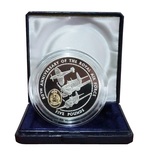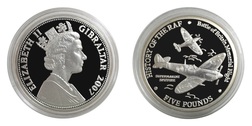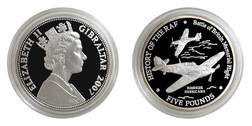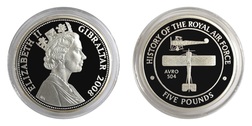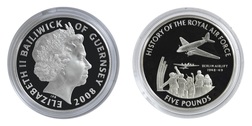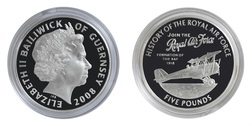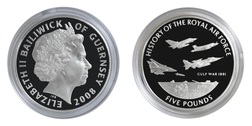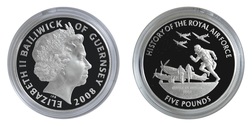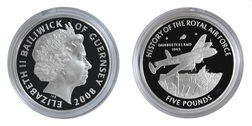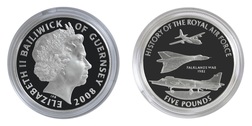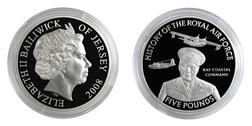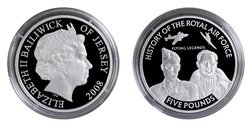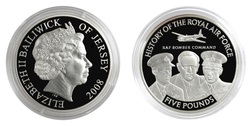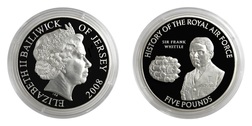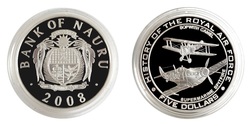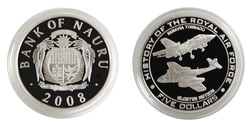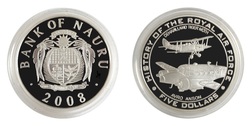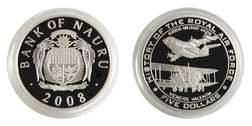The Air Forces Constitution Act of 1917 led to the formation on 1st April 1918 of the Royal Air Force, an amalgamation of the Royal Flying Corps (RFC) and the Royal Navy Air Services (RNAS). At the end of the war in November 1918 the strength of the RAF was 291,000 officers and airmen, with over 22,000 aircraft. These were organised in 200 operational squadrons and slightly fewer training squadrons. After the war the service inevitably shrank in size, but in 1920 the RAF established a cadet college at Cranwell in Lincolnshire. In 1922 they opened the RAF staff college at Andover, Hampshire. Through the 1930s the RAF grew increasingly aware of the threat posed by a resurgent German air force, epitomised by the Bf 109 fighter aircraft. To combat this threat, the RAF expanded and equipped itself with modern monoplane single seat fighters, notably the Super-marine Spitfire and the Hawker Hurricane. These began to arrive at fighter squadrons in the late 1930s and in September 1939 the RAF had about 2,000 first-line aircraft. Although it was a close thing, they saw off the might of the Luftwaffe in the Battle of Britain. The RAF units are now serving in many capacities around the world, including Afghanistan, Bosnia, the Middle East, the Falkland Islands, Norway and Cyprus.
Products in this category:
-
£49.00
-
£39.00
-
£39.00
-
£39.00
-
£39.00
-
£39.00
-
£39.00
-
£39.00
-
£39.00
-
£39.00
-
£39.00
-
£39.00
-
£39.00
-
£39.00
-
£39.00
-
£39.00
-
£39.00
-
£29.00
-
£39.00
-
£39.00
-
£39.00
-
£39.00
-
£28.00
-
£0.00
-
£39.00
-
£39.00





